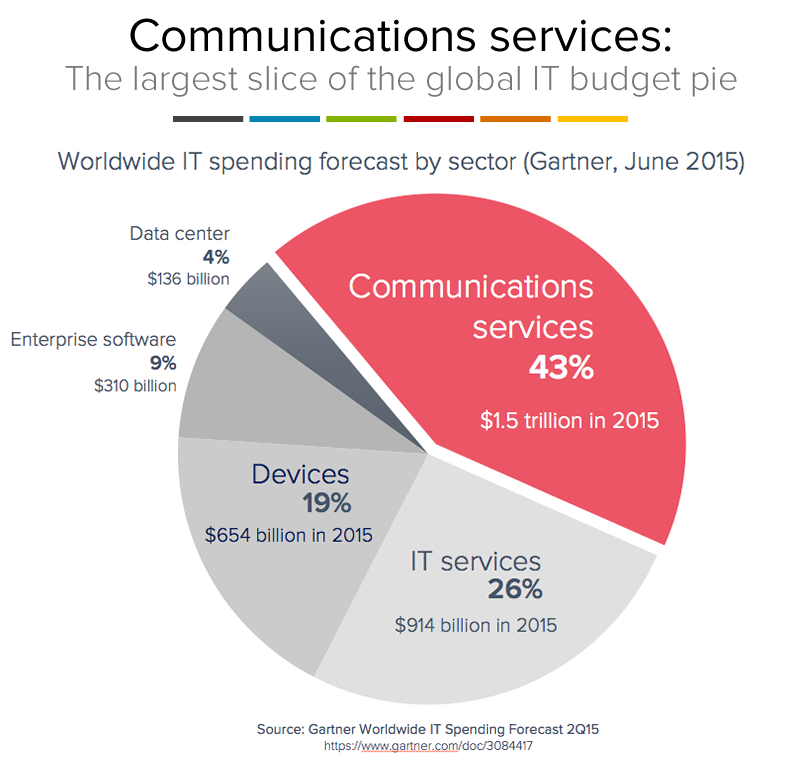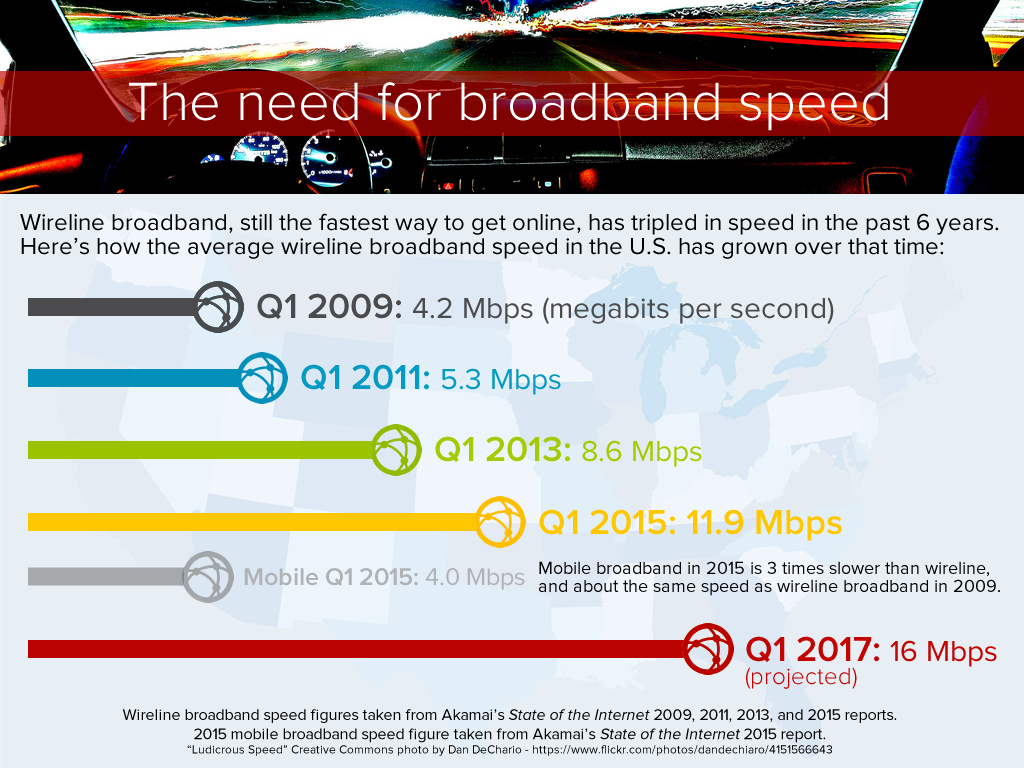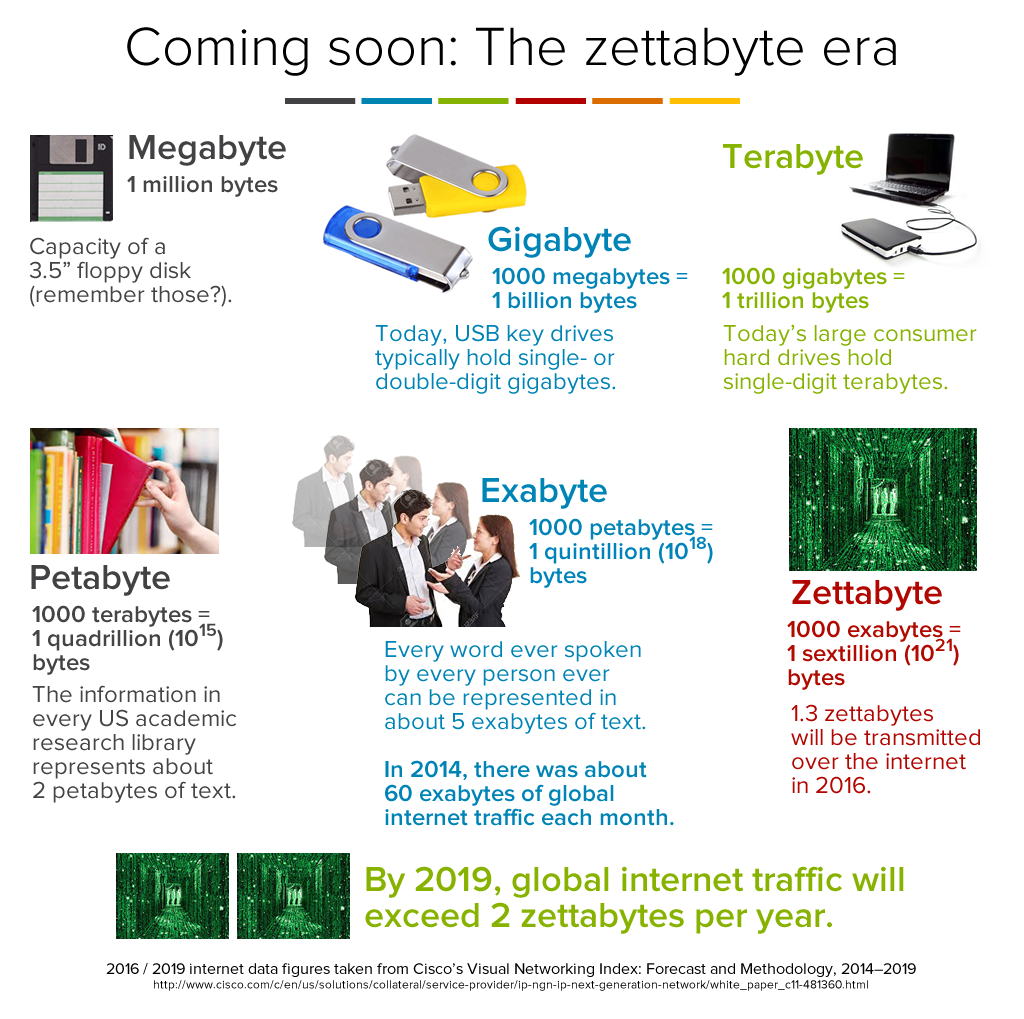Still the biggest slice of the IT budget pie
Click the infographic to see it at full size.
Communications services will remain the largest part of the global IT budget, according to Gartner’s 2Q 2015 Worldwide IT spending forecast. They predict that it will account for $1.5 trillion, or 43% of the total $3.5 trillion expected to be spent on IT this year. Compared to the other segments, communications services’ share is:
- 40% larger than the next-largest segment, IT services
- More than twice the amount spent on devices, including mobile devices
- Over four times the share taken by enterprise software
- More than ten times the spend for data centers
Gartner reports that global IT spending in 2015 will be 5.5% lower than in 2014. Their analysts say it’s due to the rising U.S. dollar, and if you look at the figures in “constant currency” terms — that is, if you account for the fluctuations in exchange rates — the market is expected to grow by 2.5%. Changes in the value of the US dollar relative to other currencies affect all manner of spending worldwide, and IT is no exception. Vendors who place a high priority on protecting their margins adjust their pricing in in response to currency fluctuations, which in turn affects IT purchase decisions worldwide.
Gartner’s report also points out that of the five IT spending segments, communications is experiencing the strongest decline. They attribute this to price erosion and an increasingly competitive market.
Wired broadband: Speeding up steadily
Click the infographic to see it at full size.
If you’re reading this article, the odds are pretty good that you’re doing so with the aid of wireline broadband. Even if you’re reading this with your mobile device, you may be doing so through one of the 50 million publicly-accessible wifi hotspots worldwide, or through your office or home wifi access point (of which there are hundreds of millions —161 million wifi base stations were shipped in 2013).
According to Akamai’s Q1 2015 State of the Internet report, wireline broadband speeds in the U.S. have tripled since 2009. In 2009, the average speed was 4.2 Mbps (megabits per second), and as of the first quarter of 2015, if Speedtest.net reports that your connection is faster than 11.9 Mbps, you’re doing better than the present average.
On average, wireline broadband is three times faster than cellular broadband, whose average speed in the U.S. is 4.0 Mbps. In other words, average cellular broadband speed today is the same as 2009’s average wired broadband speed. That makes for yet another dimension where 2015’s mobile devices have specs similar to 2009’s middle-of-the-road laptops.
In case you were wondering what these speeds mean in practical terms, the table below should help put things into perspective:
| Speed (in Mbps) |
Email a picture (1.5 MB, or 12 million bits) |
Download a song or long PowerPoint presentation (8 MB, or 64 million bits) |
Download an ebook or short video (20 MB, or 160 million bits) |
Download a 720p TV 30-minute TV episode (500 MB, or 4 billion bits) |
|---|---|---|---|---|
| 20 | less than 1 second | <4 seconds | 8 seconds | 3.5 minutes |
| 10 | 2 seconds | 7 seconds | 16 seconds | 7 minutes |
| 5 | 3 seconds | 14 seconds | 32 seconds | 13 minutes |
| 1 | 12 seconds | 64 seconds | 160 seconds | 1 hour |
On the edge of the zettabyte era
Click the infographic to see it at full size.
The faster the internet becomes, whether in wireline or wireless form, the more data we’ll send and receive. According to Cisco’s Visual Networking Index: Forecast and Methodology 2014 – 2019 report, global internet traffic has grown by over five times in the past five years. The next five years should continued growth at a slightly slower pace — about three times.
This growth has led us to the point that the total amount of data sent over the net this year can be measured in hundreds of exabytes, where an exabyte is 1 quintillion (1018) bytes. Next year, that amount will cross over into the next “illion”: in 2016, it’s expected that 1.3 zettabytes (where a zettabyte is a thousand quintillion, or 1021 bytes) will be transmitted over the net. We’ve included the infographic above to help you get a better grasp of the size of these numbers.
You can be certain that network carriers are planning for this growth, and you should be doing the same.




